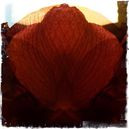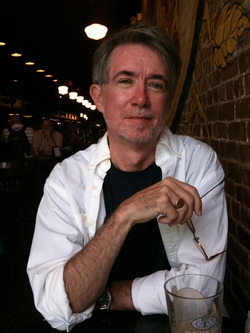ASSAY: A JOURNAL OF NONFICTION STUDIES
1.1
1.1
Editor's Note: we are including Richard Louth's class on its own merits, but this is a preview to his article on the pedagogy of Writing Marathons, which will appear in Assay 1.2 (Spring 2015).
|
This is a creative writing course in which we write nonfiction as opposed to fiction, poetry, or drama. Our creative nonfiction will focus on our own lives and observations of the world around us. Emphasis is on students as writers and on the course as a writing course supplemented by readings. We study outstanding examples of autobiographical writing to better understand the art of writing about one’s own life in different nonfictional genres. Writers in the course 1) participate in “writing marathons” and other journaling activities to generate material for rough drafts; 2) participate in response groups and critiques to revise drafts into artful finished works; and 3) publish their work online and through “author’s chair” public readings the last week of class.
Texts and Materials:
Course Requirements:
|
|
|
|
Richard Louth is the Director of Southeastern Louisiana Writing Project and Professor of English at Southeastern Louisiana University. Recent journal publications include work in Research in the Teaching of English, The Journal of Experimental Education, Journal for College Writing, Strategies for Technical Communication: A Collection of Teaching Tips, and The Bulletin of the Association for Business Communication. He also has fiction and poetry published in Louisiana Literature. Books: How to Teach Freshman Composition and Collaborative Technical Writing: Theory and Practice.
|
Related Works
|
Stephanie Vanderslice
From Wordstar to the Blogosphere and Beyond: A Digital Literacy and Teaching Narrative (Epiphany Included) 1.2 Pedagogy |

